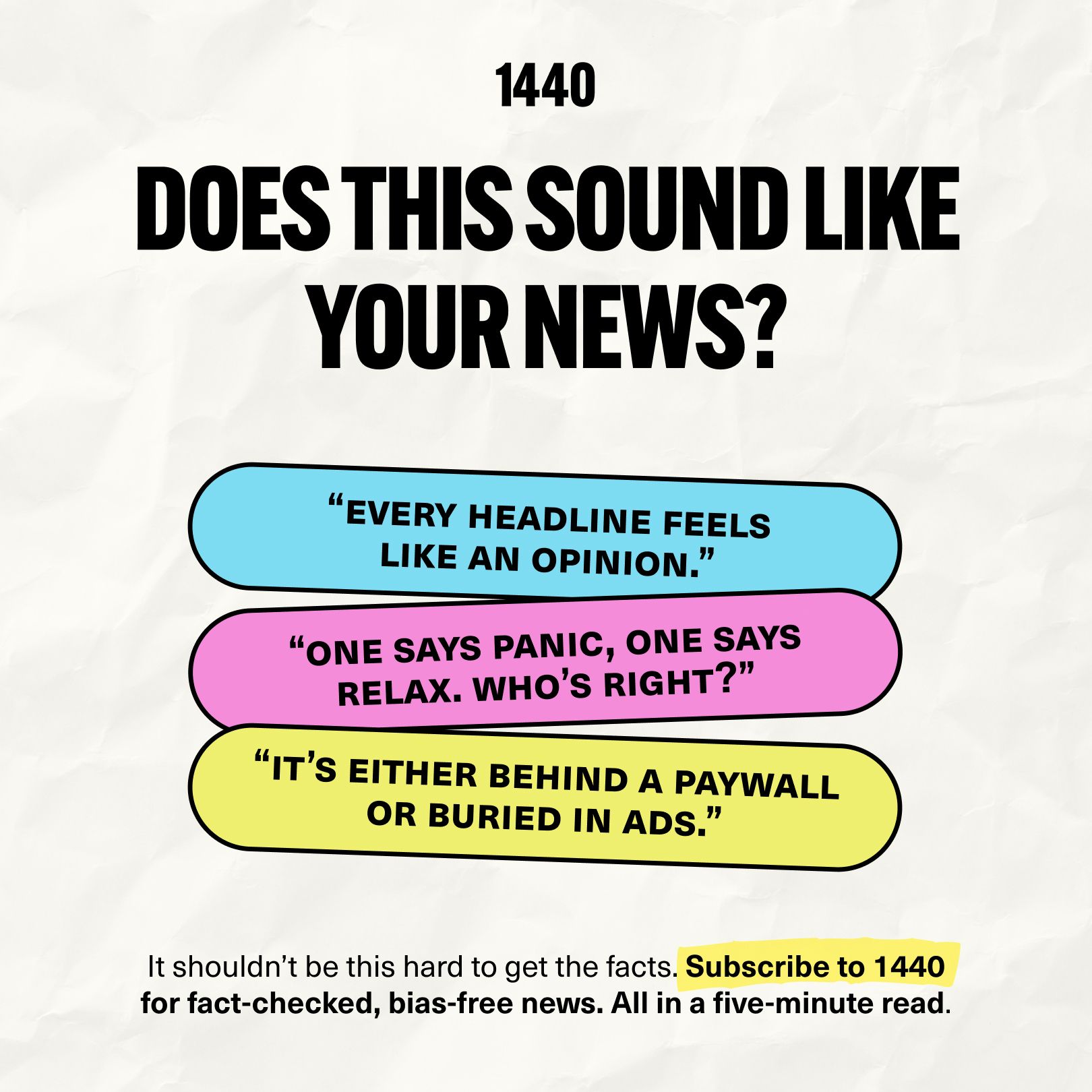Happy Wine Wednesday!
I’m back in Kansas City after 2 weeks in Fiji, readjusting to life without palm trees or ocean breezes.
Outside of the ultra-clear waters, my top 2 favorite parts of Fiji were the sunsets and a 3 hour hike of Mount Koroyanitu from Abaca village (about a 30 min bumpy cab ride from Lautoka).

Savu-i-One waterfall

Malamala Beach Club

Sunset in Nadi
You can find more photos and videos of the waterfall hike and my Fiji trip on Instagram!
Now back to the wine.
Here’s what we’re drinking (and thinking) about this week:
Pour Decisions
Let’s rewind to 19th-century France.
The French Revolution in 1789 led to a new era of winery ownership and making, as vineyards that were once owned by the Church and aristocracy were seized and redistributed. This upheaval brought innovation, the introduction of Champagne houses like Billecart-Salmon (1818), Mumm (1827), and Krug (1843), and Bordeaux got its famous 1855 Classification.
In short, French wine was on a roll.
Then, disaster.
Around 1863 in Southern France, something strange started happening in vineyards. Vines would wither and die. Within a few years, entire vineyards were collapsing across the country. Desperate, local growers appealed to an agricultural society in Montpellier, which enlisted a team including botanist Jules Émile Planchon to investigate.
Why were vineyards that had produced healthy grapes for centuries suddenly dying?
By digging up vines from sick vineyards, Planchon discovered tiny, yellow “lice” that were “tight on the wood, sucking the sap.”
It would take 10 years to discover the solution.
Chemicals and pesticides made little difference. Neither did the toads and poultry that were sent to roam the vineyard, in the hopes that they would eat the insects.

A cartoon from the British “Punch” magazine in 1890
By that point, the disease had spread not just all the way north to Champagne, but to vineyards in Germany, Italy, and Spain. Over 40% of French grape vineyards were devastated over a 15-year period.
Enter Missouri (yes, Missouri.)
British-born state entomologist Charles Valentine Riley realized this pest looked awfully familiar. Turns out, phylloxera was native to North America where native vines had evolved to resist it.
This tiny insect had travelled from North America to France when some grape growers experimented with planting American vines and plants.
So Riley, Planchon, and other researchers and growers began working together in 1870 to find the solution:
Grafting European vines onto American rootstock.
Missouri winemakers sent about half a million vine cuttings to France, although many rejected this solution, calling the grafters “Americanists” and “wood merchants.” Eventually, they caved, leading to the massive project to “reconstitute” the majority of French vineyards.
Today, grafting remains the only reliable defense against phylloxera, along with extreme shipment inspection to keep the aphids out of the country (as they’ve done successfully in Chile).
Which brings us to a different kind of devastating pest…
Sip Happens
Last week, we talked about how much our environment impacts us and the small changes we can make to feel more grounded. I’ve been thinking about “micro habits" ever since I listened to a podcast with SKIMS co-founder Emma Grede and neuroscientist Dr. Tara Swart.
Can you go to bed 30 minutes earlier? Drink one more glass of water? Take a 15-minute walk outside?
But what if there’s a bigger, persistent, phylloxera-like issue that requires a much larger solution?
Like, say…a very large orange problem in a very famous white house?
Look. This newsletter will always be a space to focus on our personal and professional growth. If this isn’t the section for you this week, no worries at all! Come back when you’re ready.
But I can’t talk about helping women rise while ignoring what’s happening around us.
And I get it. It’s overwhelming.
I’ll unplug, feel guilty for not staying informed, plug back in, then feel overwhelmed all over again.
But here’s the thing: that’s the point.
As Steve Bannon, who helped run Trump’s 2016 campaign, said:
“All we have to do is flood the zone…[the media will] bite on one, and we’ll get all of our stuff done, bang, bang, bang. These guys will never be able to recover. But we’ve got to start with muzzle velocity.”
Their strategy is chaos, confusion, and fatigue.
That’s why ours has to be connection, care, and community.
So no, you don’t have to (and can’t!) solve everything. But you can pick 1 - 2 issues that matter most to you and focus there. Maybe it’s abortion access, education, immigration, or something else.
Not sure where to start?
Just Google ”[your city, state] + [your focus] + how to help”
Local organizations will pop up that you can reach out or donate to.
I also asked my brilliant friend, attorney + advocate + award-winning podcast host, Misasha Suzuki Graham, for her thoughts. Here’s what she said:
“Whatever you can do in your communities helps.
Fascism is about silence, conformity, and turning on each other to save yourself (which, spoiler alert, doesn’t really work in the end).
Helping each other, fighting for each other, fighting for humanity - all of those things directly challenge fascism. So help bring your neighbor’s kid to school. Volunteer to read at the local library (or help them get and receive new books - we need ALL those books!). Sort cans at your local food pantry. Figure out who needs help, and be there for them.”
You can read more of her thoughts in her latest Substack: “We’re still in this together.”
Because we are. Together, we’re still the strongest force there is.
Let’s keep showing up for each other in small ways, with big hearts and full glasses of wine.
What’s one issue or cause you’re focusing on right now, or hoping to start with?
Hit reply and tell me. I’d love to hear where your heart’s at!
See you next week,

P.S. Misasha and I also put together a list of resources and organizations. Find it here.
Looking for unbiased, fact-based news? Join 1440 today.
Join over 4 million Americans who start their day with 1440 – your daily digest for unbiased, fact-centric news. From politics to sports, we cover it all by analyzing over 100 sources. Our concise, 5-minute read lands in your inbox each morning at no cost. Experience news without the noise; let 1440 help you make up your own mind. Sign up now and invite your friends and family to be part of the informed.


